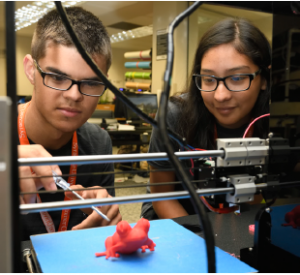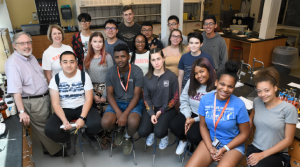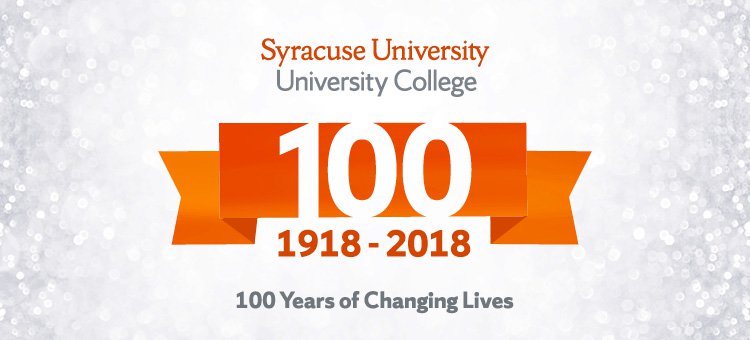University College has organized a tree planting project with departments across campus to commemorate the 30thanniversary of the Pan Am 103 bombing over Lockerbie, Scotland.
Working with Larry Mason, professor of visual communications in the Newhouse School and Syracuse University Remembrance and Lockerbie ambassador, University College responded to Chancellor Kent Syverud’s request that schools and colleges across campus consider initiating a positive project to help commemorate this significant anniversary.
In all, 270 men, women and children died in the terrorist bombing on Dec. 21, 1988. Thirty-five students studying abroad with Syracuse University were among the victims. Thirty-five trees, representing these students, will be planted on South Campus on Friday, Oct. 26, from 11 a.m. to 2 p.m.
The trees are a mix of Autumn Blaze Maples and Sienna Glen Maples. ReLeaf Syracuse, a City of Syracuse initiative, will supply the trees at cost.

A Sienna Glen Maple.
Members of the planning committee include representatives from Campus Planning, Design and Construction (CPDC), Physical Plant’s (PP) buildings and grounds department, and Energy Systems and Sustainable Management (ESSM).
“This represents a great collaboration between the University and the City of Syracuse,” says Joseph Alfieri, director of CPDC, “and at the same time has significant environmental benefits.”
“The timing of the tree planting project coincides with Campus Sustainability Month [October],” adds Nathan Prior, ESSM director. “Not only will the trees be a living memory for the 35 students lost, the planting will help with the campus’ sustainability goals to mitigate carbon emissions. The trees will convert the carbon dioxide, about 48 pounds per year, into food and growth.”
“When professor Mason came to University College asking us to consider becoming involved in a 30th-annivesary endeavor, we were more than willing to participate,” says Eileen Jevis, communications manager and project coordinator. “So many of us remember that fateful day and the powerful impact it had on our community. What better way to commemorate this anniversary than planting a lasting reminder of those students who died.”
Jevis recounts that when she took the idea to colleagues across campus, it was met with enthusiasm and support. “From the very start, those in CPDC, ESSM and PP buildings and grounds were committed to making this happen,” she says. “Their support and involvment is testiment to our shared belief that this symbolic jesture of longevity, tranquility and life is an appropriate way to memorialize the students.”
Seventy volunteers are needed to help plant the trees. Holes will be pre-dug; however, it is suggested that those willing to help bring along a shovel and pair of gloves. Volunteer registration is online. Volunteers should park in Carriage House lot 161, Farm Acre Road on South Campus. University College will provide lunch at the Skybarn for volunteers and project partners.
For more information, contact Eileen Jevis at 315.443.3527 or ejevis@uc.syr.edu.




 100 years of changing lives is worth celebrating, and we plan to do that in a big way at University College’s 100th Anniversary Gala. The event will take place on Saturday, October 6, 2018 in Schine Student Center, 303 University Place. It will feature a cocktail hour, followed by dinner and dancing to the music of Prime Time.
100 years of changing lives is worth celebrating, and we plan to do that in a big way at University College’s 100th Anniversary Gala. The event will take place on Saturday, October 6, 2018 in Schine Student Center, 303 University Place. It will feature a cocktail hour, followed by dinner and dancing to the music of Prime Time.